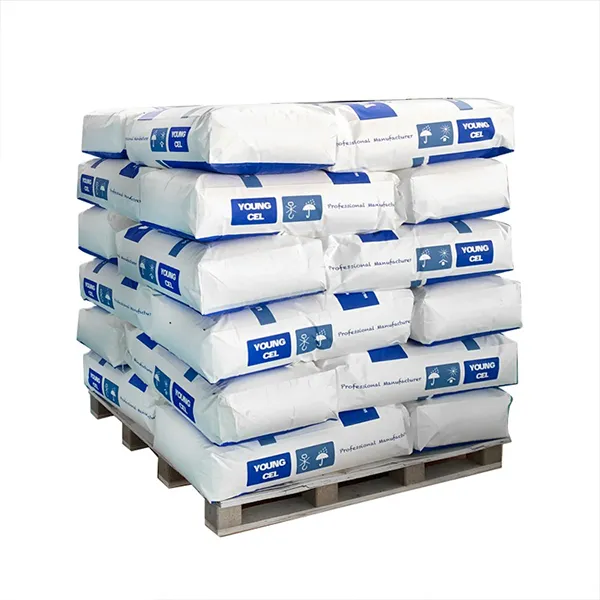Understanding Adhesive Chemicals Types, Applications, and Innovations
Adhesive chemicals play a critical role in various industries, from construction and manufacturing to automotive and consumer goods. These substances are essential for bonding materials together, providing structural integrity, and enhancing product aesthetics and functionality. In this article, we will explore the different types of adhesives, their applications, and the innovations shaping the future of adhesive technologies.
Types of Adhesive Chemicals
Adhesive chemicals can be broadly categorized into several types based on their composition and bonding mechanisms
1. Natural Adhesives Derived from natural sources such as plants and animals, these adhesives have been used for centuries. Common examples include starch-based adhesives, animal glues, and casein adhesives. While they are biodegradable and environmentally friendly, natural adhesives often have limitations concerning strength and moisture resistance.
2. Synthetic Adhesives These modern adhesives are engineered from chemical compounds and offer enhanced performance characteristics. Synthetic adhesives can be divided into several subcategories
- Epoxy Adhesives Known for their exceptional strength and durability, epoxy adhesives are widely used in industrial applications, construction, and aerospace. They consist of a resin and a hardener, which, when mixed, create a strong bond resistant to heat and chemicals.
- Polyurethane Adhesives Versatile and flexible, polyurethane adhesives are used for a variety of applications, including wood bonding, automotive, and footwear industries. They can bond a range of materials and offer good resistance to moisture and temperature variations.
- Acrylic Adhesives These adhesives provide fast curing times and excellent weather resistance, making them suitable for both indoor and outdoor applications. Acrylic adhesives are commonly used in glass bonding, signage, and automotive assembly.
- Silicone Adhesives Known for their flexibility and temperature resistance, silicone adhesives are ideal for applications requiring a degree of movement. They are often used in construction, automotive, and electrical insulation applications.
3. Hot Melt Adhesives These thermoplastics are used in various industries for their fast cooling and bonding properties. Hot melt adhesives are commonly employed in packaging, woodworking, and textile applications due to their quick setting times.
Applications of Adhesive Chemicals
adhesive chemical

Adhesive chemicals find applications across a multitude of sectors
- Construction Adhesives are essential in construction for bonding materials such as wood, drywall, concrete, and metal. They contribute to structural integrity while allowing for more efficient assembly processes.
- Automotive The automotive industry utilizes adhesives in vehicle assembly to bond components such as glass, trims, and panels. These adhesives improve fuel efficiency by reducing vehicle weight and are increasingly being used to replace mechanical fasteners and welding.
- Consumer Products Adhesives are used in a wide array of consumer products, from electronics to household items. For example, adhesive tapes are commonly used for packaging, while adhesive residues are found in labels and stickers.
- Medical The medical field uses specific adhesives for surgical applications, wound dressings, and the assembly of medical devices. These adhesives must meet stringent safety and biocompatibility standards.
Innovations in Adhesive Chemistry
The field of adhesive chemistry is continuously evolving, driven by the need for improved performance and sustainability
- Eco-friendly Adhesives With increasing environmental awareness, the development of bio-based and recyclable adhesives is gaining traction. Many manufacturers are investing in research to create sustainable formulas that do not compromise performance.
- Smart Adhesives Innovations in smart materials have led to the creation of adhesives that can respond to external stimuli, such as temperature or moisture changes. These adhesives can change their bonding properties, paving the way for new applications in robotics and technology.
- Nanotechnology The incorporation of nanomaterials into adhesive formulations is enhancing the strength and performance of adhesives. Nanotechnology can improve adhesion properties, increase thermal resistance, and reduce the curing time of adhesives.
Conclusion
Adhesive chemicals are indispensable in modern manufacturing and construction. With a diverse range of types and applications, these materials continue to evolve, driven by technological advancements and environmental considerations. As industries look for stronger, more efficient, and sustainable bonding solutions, adhesive chemistry will undoubtedly play a pivotal role in the future of material science and engineering.




